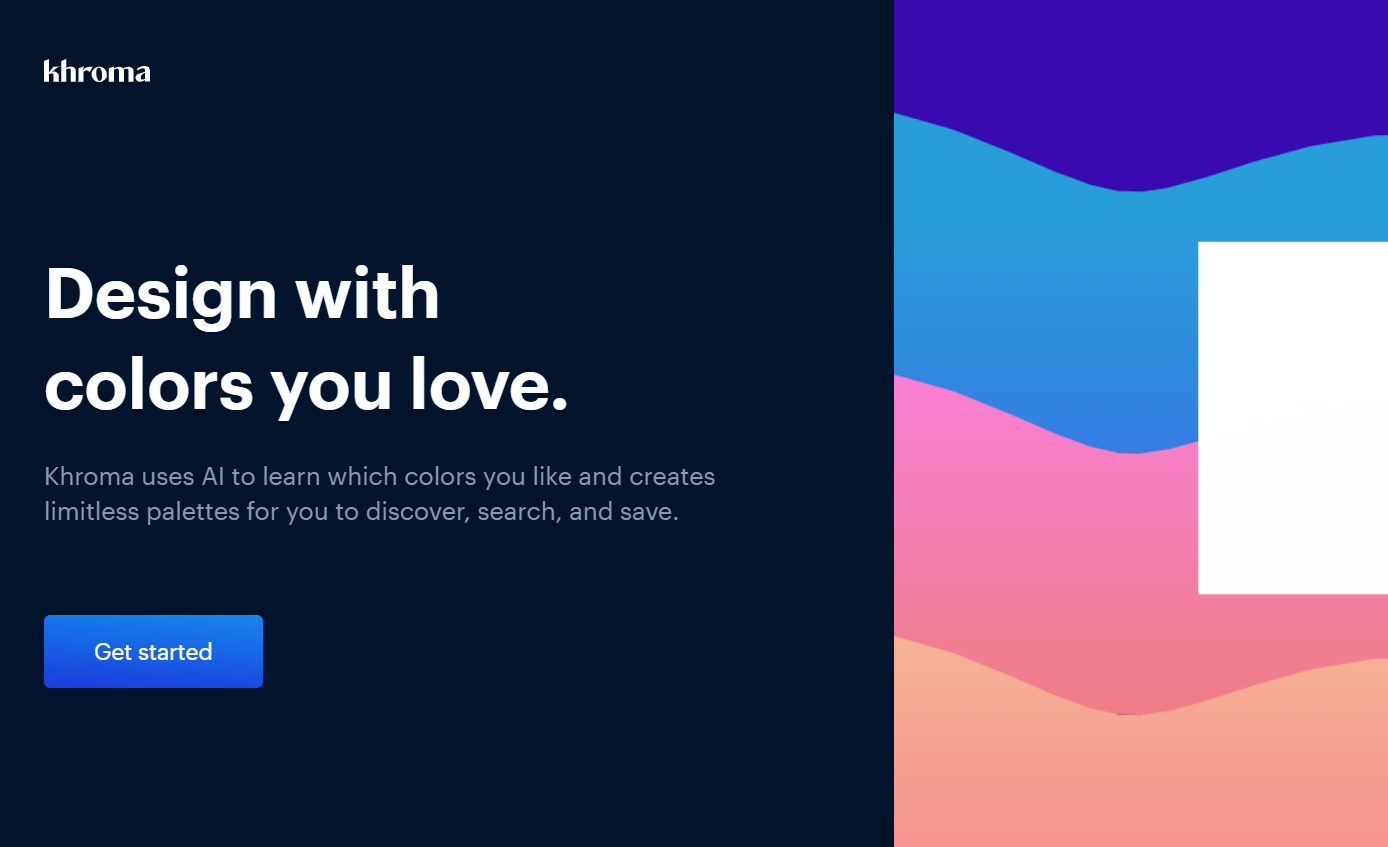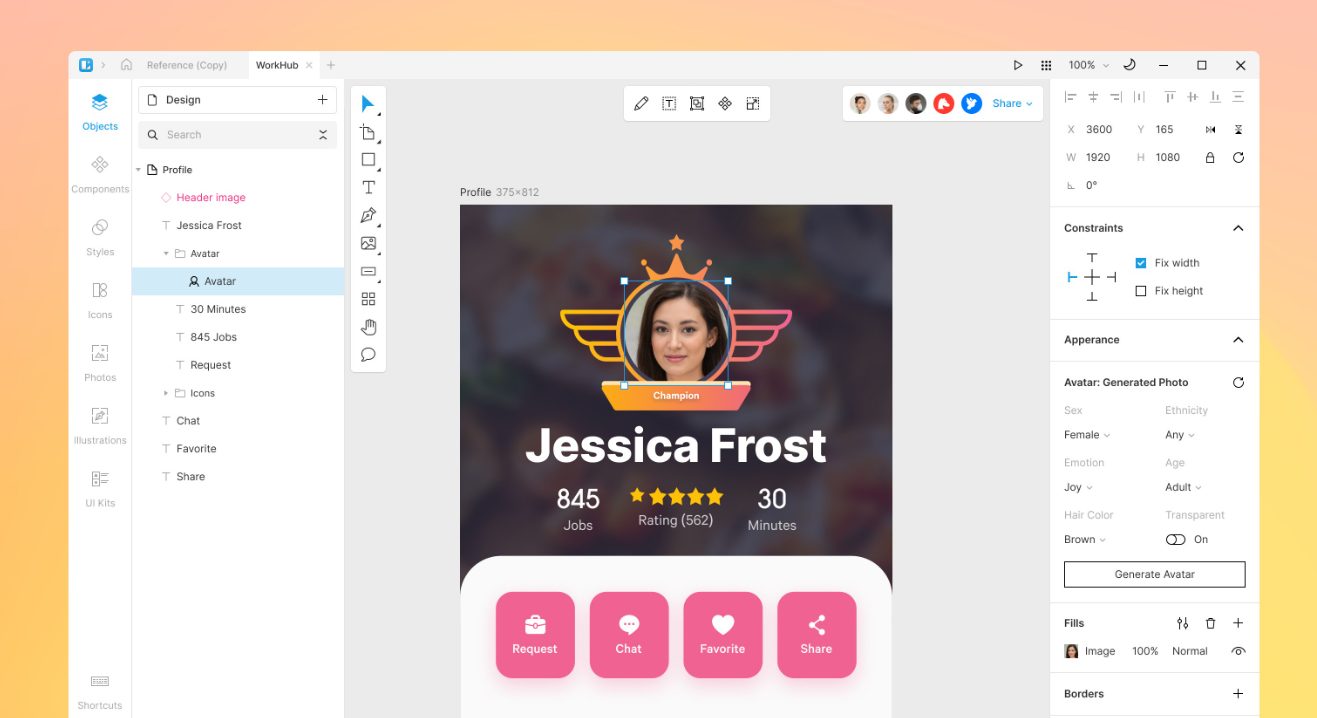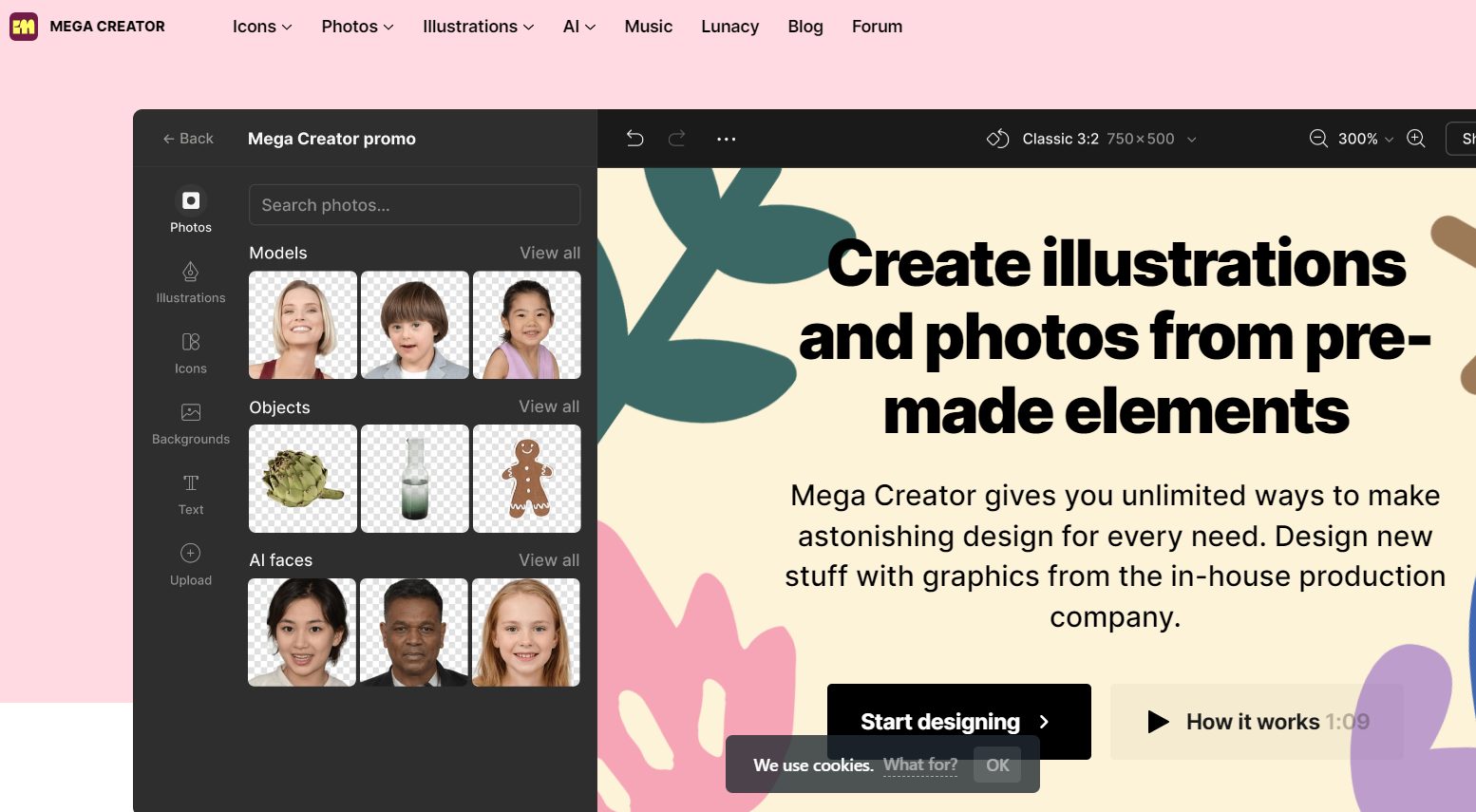AI products are rapidly integrating into our society. Artificial intelligence has found its place in various industries. AI and UI design are present in various aspects of our lives, from spam filters to autopilots.
UI design using AI is not an exception. AI in UI UX design has given birth to the concept of Artificial Intelligence Design and chatgpt design.
The Wired magazine calls this AI-Driven Design, while others name it Algorithm-Driven Design. However, some call it Design Intelligence. Despite its numerous names, it means the same. It’s about non-human intelligence generating creative results that seem authentic for humans.
“Surrounded by misconceptions and questions regarding its purpose and power, apart from its known ethical and philosophical challenges, AI can be the catalyst for great user experiences.”
— Joël van Bodegraven, Product Designer at Adyen.
AI-driven interfaces and AI based UI design are knocking on our doors, opening new opportunities for creators. However, we are still at an early stage.
According to Tim Urban from waitbutwhy.com, there are three levels of artificial intelligence development.
- The first level is Artificial Narrow Intelligence, which means that AI and UI design collaboration is currently at a stage where it cannot perform highly complicated UX tasks.
- The second level is Artificial General Intelligence, which is the least needed to make machines do more creative tasks. At this level, artificial intelligence is equal to human intelligence.
- The third and final level is Artificial Superintelligence, where AI is smarter than any human intellect and is superior to our brains.
Here’s a tricky question. What will occur when artificial intelligence achieves the third level of its development? Will interaction between humans and machines be smooth, resulting in the creation of emotionally intelligent user experiences? Or will humans become unemployed as machines replace them? The preferable outcome is the former, but it is difficult to predict at this point.
Is artificial intelligence a friend or enemy to designers?

We are not suggesting that a machine will develop self-awareness and become a threat to humans like Skynet in the Terminator movie. However, many AI systems may replace human designers in the future. There are two perspectives when considering whether AI is beneficial or detrimental to designers.
AI as a friend: a dawn of a new era.
Artificial intelligence systems can establish a stronger connection between brands and their audiences. Also, AI can assist us in gathering and analyzing a vast amount of data to create products that cater to human needs and desires.
Artificial intelligence changes the way consumers and companies perceive user experiences. AI provides multiple benefits:
- more innovative insights,
- more personalized engagement,
- more contextual relevance,
- quicker processing, and
- more intuitive interfaces.
Talking about AI and user interface, the latter can be customized based on individual preferences. AI challenges traditional interactions and introduces new channels, such as voice.
AI as an enemy: the end is approaching.

Robots can take over specific jobs that humans currently hold. How will artificial intelligence specifically impact careers in design and app development in the long run?
Robots are unlikely to replace designers and mobile app developers in the near future. Humans possess a unique ability to understand context and create empathy for users. For example:
- Mobile app designers do not simply decide whether to expose or hide an app’s menu under a hamburger icon based on the number of items it contains.
- Similarly, web designers do not choose between a 2 or 3-column website grid solely based on the size and amount of displayed images.
- Graphic designers also do not select font colors based on a “color psychology bible.”
Ultimately, AI cannot replace the human touch and creativity essential in these careers.
AI assistance in delivering the UX design
AI-powered design presents a new level of relationship between AI and customers. It involves machine learning-based user experiences. UX designers find it challenging yet promising. It has the potential to take UX design to a new level of digital experience.
Have you ever thought about AI and UI design and how it can enhance UX? AI-driven user experience can be improved by providing automatic and intuitive responses to user requests. AI can create multiple design variations in a short period, catering to user needs. By analyzing user behavior, AI-based algorithms can simplify improvising user experience.
Moreover, the benefits of AI go beyond just improving UX design. Combining AI and UI design can simplify the user interface. Also, it prevents the user from being overwhelmed with voice commands, gestures, or buttons. It frees up more “headspace,” allowing one to focus on the task at hand.
A recent survey conducted by Adobe shows that 62% of designers are keen on AI and its benefits for the creative process. AI and ML in design have the potential to democratize creativity in both products and applications.
How can ML help create a more intelligent design?
The UI design is still paving its way to a world where AI and the future of design are much better linked than now.
The designer and developer communities are increasingly incorporating AI and ML in mobile app development process to enhance user experience. AI has seemingly become one of the current design and mobile app development trends.
Designers are now localizing their designs with the help of AI-driven translation. Artificial intelligence also provides insights into which elements users interact with and which need attention.
Robots can perform tasks of image resizing and color adjustment. This increases designers’ productivity hugely.
Airbnb uses a technology that is an excellent example of AI based UI design. It identifies the design sketches and converts them into coding in a real-time mode. This allows designers to focus on strategic decisions for the product, a task that computers are not yet able to learn.
AI and UI design: ways to improve
Companies use AI to improve their designs and keep up with changing trends. AI expands and exploits website usage, focusing on user behavior. It improves the overall user experience, giving them what they want. Two critical trends in website design that AI focuses on are images and personalization.
So, what are the ways to improve?
Automation
AI can automatically create documentation, specifications, patterns, and other tedious and time-consuming things. With the AI and ML power, the design process can be significantly sped up. It would allow designers to focus on new ideas. Even usability tests can be done with AI-powered tools, eliminating the need to hire participants.
Data analysis
Data analytics is like a superpower that helps you make sense of lots of information from different places. It looks for patterns and helps you predict what might happen in the future. Businesses and designers use this power to make better choices about matters like
- what to make,
- how to sell it, and
- how to make it better.
Data personalization
In the future, websites will be able to provide users with the best personalized visual experience. This can be done by matching image categories to specific user interactions and then populating the page with those images. Partially, this has already been implemented in advertising. The only thing left for creators is to test suitable content.
Projecting
AI can predict future actions by building customer behavior analytics based on
- data collected from page visits,
- product selections, and
- user behavior when interacting with a site.
Essentially, the algorithm recognizes past interactions to recommend things like preferred directories, products, and more.
Generative design
Generative design is all about creating many design variations based on a single concept and doing it quickly. You can set parameters like goals, constraints, and materials to control the process. The software tests and trains at each iteration to generate all possible solutions. The whole point is to help people create things they wouldn’t be able to do otherwise.
7 AI and UI design tools
Look at the best AI-powered tools designers can use in their future projects.
Khroma
Khroma is an AI color tool for designers to help identify and save frequently used color schemes. The tool creates an automated palette for native designs using AI to mark a color scheme that the developer likes or commonly uses. For graphic designers, color is an essential element in determining how good their designs are. The application is easy to use. Just click the “Create Palette” button, and a palette will be created based on your chosen colors. In addition, you can select colors from photos you take or upload.

Adobe Sensei
This software can serve as your assistant in creative projects. It helps you achieve photorealistic effects, find suitable material with an intuitive search, and perform other actions. Adobe Sensei offers incredible realistic effects and makes the necessary modifications quickly and accurately. Thanks to the direct search, finding the desired material is simplified. Adobe Sense is an essential tool for designers because of all these features.

Vance AI
It is a set of tools that use artificial intelligence. Even though VanceAI focuses on image editing, its AI marketing capabilities cannot be overlooked. The importance of intelligent visualization and overall packaging aesthetics is waning over time. AI Image Enhancer software is one of Vance’s most impressive products. It can automatically transform your photos into beautiful wallpapers.

Lunacy
Lunacy is a free and blazingly fast graphical application for user interface, user experience, and web design. It is a next-gen vector graphic app for UI, UX, and web design. This goes way beyond what you might expect from other apps of its kind. With Lunacy, an image search will take you a little time. There are thousands of icons, pictures, and images inside the program.

Mega Creator
With the help of ready-made components, Mega Creator online graphic editor assists in creating eye-catching images. This is an excellent AI-driven design tool for anyone who wants to get professional-looking images quickly, including
- website and mobile app builders,
- social media marketers,
- bloggers,
- copywriters,
- teachers, and
- students.

UIzard
User interface designers can benefit from an efficient AI tool known as UIzard. It can instantly convert a hand-drawn wireframe into a clean virtual layout and code. A global team of engineers, designers, and entrepreneurs created this AI generated UI design tool.

Sketch2code
Any hand-drawn design can be converted into code using the innovative artificial intelligence known as Sketch2code. While creating a website or app from a sketch, it may be challenging to translate your thoughts into code. It takes hours to create perfect pixel art and then convert it into code. But with the help of the groundbreaking artificial intelligence app known as Sketch2code, you can translate any hand-drawn design into code easily.

All in all
AI in UI UX design company can help automate repetitive tasks and make time for the strategic side of design. Take into account the requirements of search engines for your website, such as microdata, meta tags, web pagination, etc. Artificial intelligence and ML in design can create more personalized, relevant, innovative, and efficient experiences for users.
It’s high time we start identifying these opportunities to work with modern UI design technology — not against it and without fear.





















